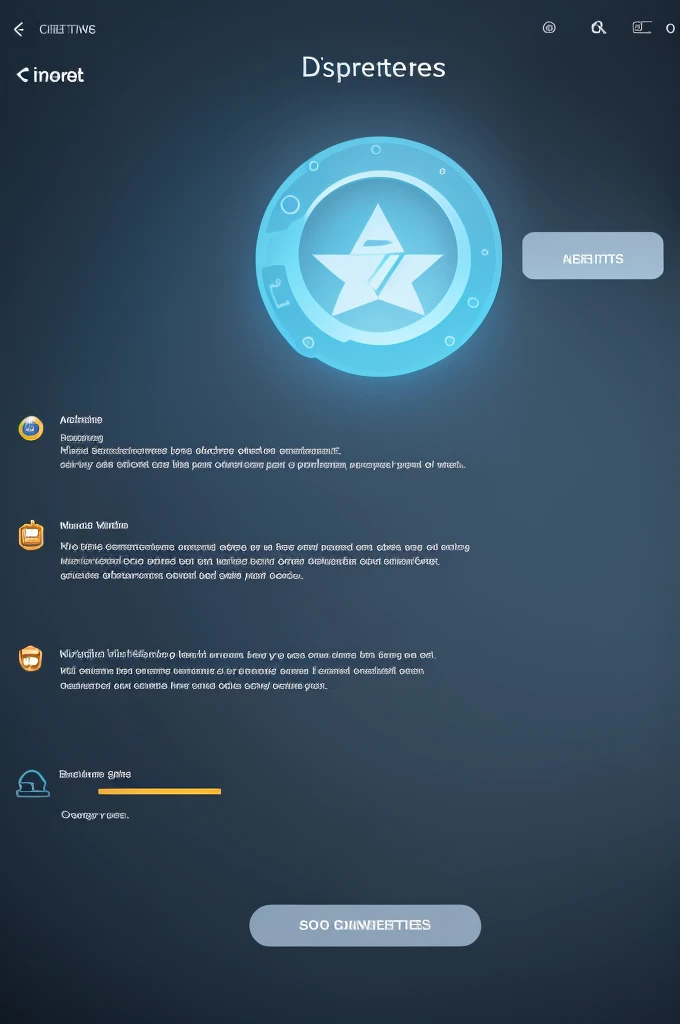Here are the main load balancer models, including their descriptions

Generation Data
Records
Prompts
Copy
Here are the main load balancer models
,
including their descriptions
,
advantages and disadvantages:
1
.
**Round Robin**:
- **Description**: Distributes requests sequentially among available servers
.
- **Benefits**: Simple to implement and understand
.
- **Disadvantages**: Does not consider the current server load
,
which can lead to imbalances
.
2
.
**Least Connections**:
- **Description**: Directs the request to the server with the lowest number of active connections
.
- **Benefits**: Helps balance load more equitably
.
- **Disadvantages**: May not be effective in scenarios with long-lasting connections
.
3
.
**IP Hash**:
- **Description**: Uses the client'
;
s IP address to determine which server will fulfill the request
.
- **Benefits**: Ensures that requests from the same client are sent to the same server
.
- **Disadvantages**: May lead to uneven load distribution
.
4
.
**Weighted Round Robin**:
- **Description**: Assigns weights to servers
,
distributing more requests to the most capable servers
.
- **Benefits**: Flexible and allows optimization based on server capabilities
.
- **Disadvantages**: Complexity in setting up and maintaining weights
.
5
.
**Least Response Time**:
- **Description**: Directs the request to the server with the shortest response time
.
- **Benefits**: Improves user experience by reducing response times
.
- **Disadvantages**: Requires continuous monitoring and may introduce overhead
.
6
.
**Geographic**:
- **Description**: Directs the request to the server geographically closest to the client
.
- **Benefits**: Reduces network latency and improves user experience
.
- **Disadvantages**: May be affected by changes in network topology
.
7
.
**Sticky Sessions**:
- **Description**: Maintains the client'
;
s connection to the same server throughout the session
.
- **Benefits**: Essential for applications that require
INFO
Checkpoint & LoRA

Checkpoint
Realisian
0 comment
0
0
0









